Watch more How to Understand Obesity videos: http://www.howcast.com/videos/511330-How-the-Body-Stores-Fat-Obesity When you eat food, all food has calories. Calorie is a unit of energy, so when you eat food digestion begins in your stomach and then your intestines, and your body absorbs the nutrients that it needs in to your bloodstream. Throughout the day, your body will use those calories to help everyday functions of your heart, your lung, your brain, and even just going about your daily life. Whatever excess calories are not used can then be stored as fat. One place that the body stores fat is in your liver. So if you’ve ever had an ultrasound or a CAT scan, someone might have told you that you have a fatty liver. Another place that your body stores fat is just centrally, in your abdomen. This is called the omentum, that’s the fat that encases our organs. We all have that, but people have different amounts of fat depending on how much weight they’re carrying, and that’s actually the dangerous kind of fat, the kind that’s found centrally. Other people store their fat, maybe lower in their bodies, in their hips, in their thighs. This is referred to as gynecoid obesity. So while there’s different ways that the body stores fat, in order to determine if the amount of fat that you’re storing is excessive and that it puts you at increased health risk, you might want to calculate your BMI or your body mass index. And that’s the number that takes your weight and your height and forms a ratio, and helps you decide if you fall in to the obese category. A BMI of 30 or greater is considered obese and puts you at increased health risks. So these are just a few ways of how your body stores excess fat.
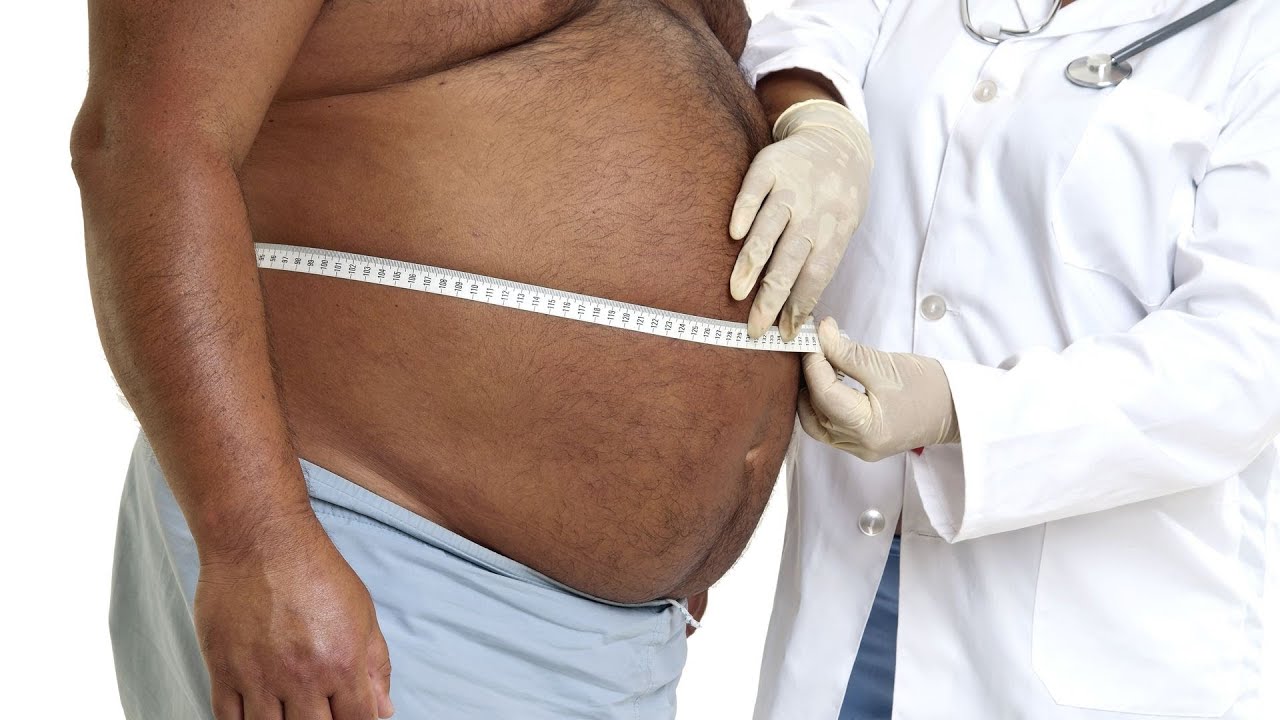
How the Body Stores Fat | Obesity
- Post author:
- Post published:May 27, 2021
- Post category:Uncategorized
- Post comments:0 Comments
You Might Also Like

How to Absorb Your B Vitamins

Diazepam (Valium): What You Need To Know

Back Exercises: Seated Cable Rows

How to get a Flexible Back Fast

Omega 3 Side Effects | Do Not Take Fish Oil Until You Watch This

Sports Medicine Video – 2

Dumbbell Flat Chest Bench Press | Chest Exercise #1 | Fitness With Sangram Chougule
One Arm Row Dumbbell-8

Ornithine transcarbamylase OTC deficiency arabic MEANING

What is Diarrhea?

What does metabolic rate mean?
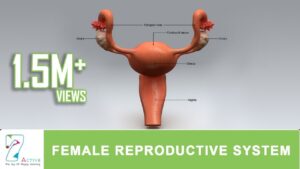
The Female Reproductive System of Human

How to Do Back Extension Exercises

Prevent Osteoporosis by Dr. John Westerdahl

Tuberculosis: Causes, Symptoms, Prevention and Treatment

Bodybuilding Nutrition, Diet Recipes & Workout – 34

How To: Dumbbell Front Raise
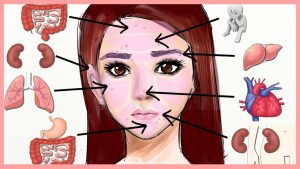
Face mapping: What is your acne telling you?

Muscle Building Workout & Squats Video – 6

Biceps Barbell Curl??
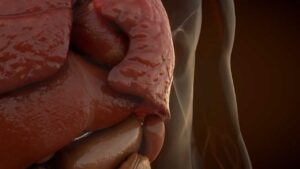
3D Animation of Internal Organs

8 Stretching Exercises for Lower Back Pain
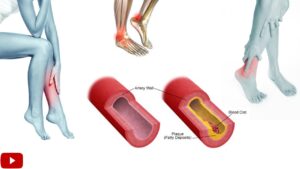
Exercises For Improving Blood Circulation In Legs – by Dr Sam Robbins

Anemia symptoms and treatments – Signs of being anemic

Deadlift Back Extensions
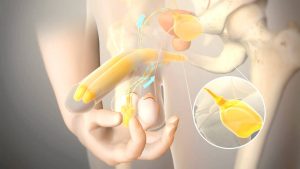
Penile Prosthesis Animation Sequence

Calorie Myth – Why Low Calories Does Not Equal Weight Loss – Dr.Berg

Decline triceps extension

Testosterone & Androgenic Effects Video – 8

Top 6 Foods To Reduce Hypertension

Top 5 Best Protein Powders Ever

Dead Lift-2

Total Body Reps 9 25 14

Biological Psychiatry Video – 3

Human Body, Body Building Muscle Building Anatomy Physiology Video – 28

Homemade reverse hyper machine

Kidney Ultrasound – What Is It? Does It Hurt?

What Is Glutamine | Benefits, side effects, And Dosage Of Glutamine | Pre Workout Drink – Hindi

antioxidants-types.mp4

Personal Trainer/ Gym Instructor Video – 1

THE BIGGEST DIABETES BODYBUILDING MYTHS DISPELLED

